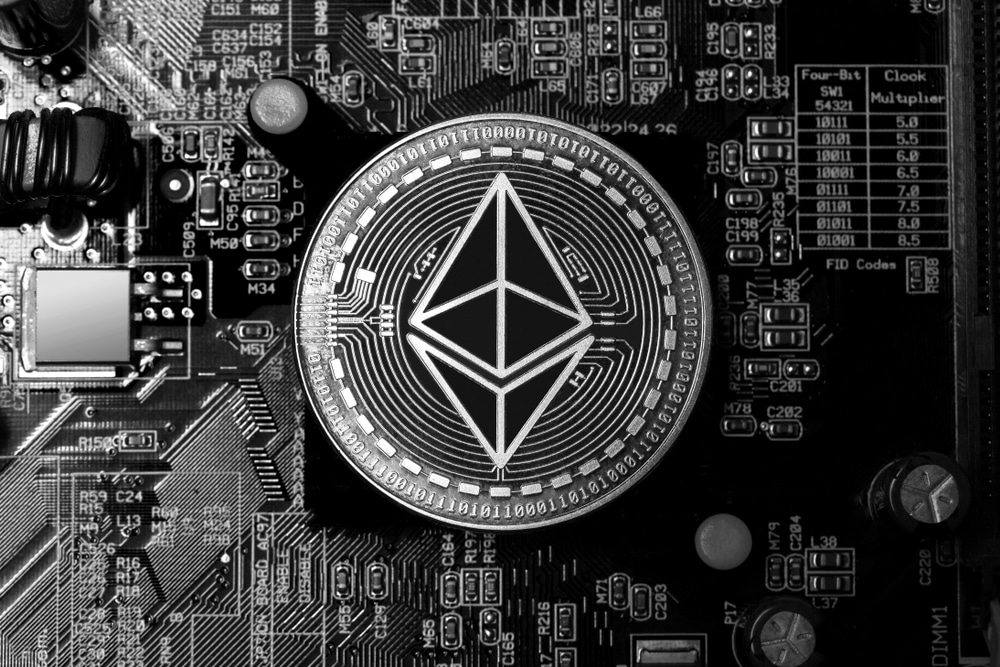Introduction to the Ethereum Burn Address
The Ethereum burn address is a special feature within the Ethereum blockchain ecosystem, specifically designed to permanently remove Ether (ETH) tokens from circulation. This special address is denoted as 0x0000000000000000000000000000000000000000, and plays a crucial role in regulating the cryptocurrency’s supply and value.
Functionality of the Burn Address
The primary characteristic of the Ethereum burn address is that it does not have an associated private key. Without a private key, it’s impossible for anyone to access or recover any Ether sent to this address. Consequently, ETH deposited into this address is effectively removed from circulation forever, contributing to a reduction in the total supply.
Purpose of Burning ETH
Burning ETH using the burn address is a deliberate process to destroy a portion of the cryptocurrency’s supply. This action can create deflationary pressure, potentially increasing the value of the remaining Ether. It also plays a significant role in maintaining the health and long-term stability of the Ethereum network by preventing inflation and promoting scarcity.
How the Ethereum Burn Address Works
Mechanics of the Burn Address
The Ethereum burn address operates like any standard Ethereum address but without the critical component of a private key. This intentional design ensures that tokens sent to this address are inaccessible:
- Transaction Initiation: A user or smart contract sends ETH to the burn address as part of a transaction.
- Blockchain Confirmation: The transaction is verified and recorded on the Ethereum blockchain.
- Permanent Removal: Once confirmed, the ETH is considered burned or permanently removed from the available supply.
This process is irreversible, emphasizing the importance of caution when sending ETH to the burn address.
Economic Implications of ETH Burning
Deflationary Impact
The act of burning ETH introduces a deflationary mechanism to the Ethereum ecosystem. By decreasing the overall supply of Ether, the burning process can potentially enhance the value of the remaining ETH, assuming demand remains constant or increases.
Transaction Fee Stability
With the introduction of EIP-1559, a portion of transaction fees is automatically burned. This not only helps in managing the supply of ETH but also stabilizes transaction fees by reducing fee market volatility, making them more predictable for users.
Real-World Applications of ETH Burning
Several mechanisms within the Ethereum network utilize the concept of burning:
- EIP-1559: This Ethereum Improvement Proposal restructured the transaction fee market to include a base fee per block, which is burned, thereby embedding a burning mechanism directly into Ethereum’s protocol.
- Tokenomics Models: Various projects on Ethereum might choose to implement burning mechanisms to control the supply of their tokens, often using the burn address to enhance the economic model of their tokens.
- Proof of Burn (PoB): Some projects may use burning as a method of consensus or to create new tokens, thereby aligning incentives and securing network participation.
Viewing Ethereum Burn Address Activity
To monitor activity related to the Ethereum burn address, one can use blockchain explorers like Etherscan. By entering the burn address 0x0000000000000000000000000000000000000000 into Etherscan, anyone can view the transactions leading to this address, including the history and volume of burned tokens.
Future Perspectives on ETH Burning
Looking ahead, the concept of ETH burning has several potential developments:
- Increased Deflationary Pressure: As Ethereum transitions to proof-of-stake and continues to burn part of the transaction fees, the deflationary impact might become more pronounced if the rate of burning exceeds the rate of new ETH issuance.
- Fee Market Evolution: Future upgrades or EIPs might further refine the fee market mechanism, potentially adjusting how fees are burned to optimize network efficiency and cost predictability.
- Innovative Burning Mechanisms: New projects and protocols could introduce creative uses of the burn address, integrating burning into novel economic models or governance mechanisms within the Ethereum ecosystem.
Conclusion
The Ethereum burn address is a fundamental component of the network’s economic strategy, playing a pivotal role in managing the supply of Ether and influencing its value dynamics. By permanently removing ETH from circulation, this mechanism helps maintain Ethereum’s stability and long-term viability, making it a critical element in the broader blockchain and cryptocurrency landscape.

